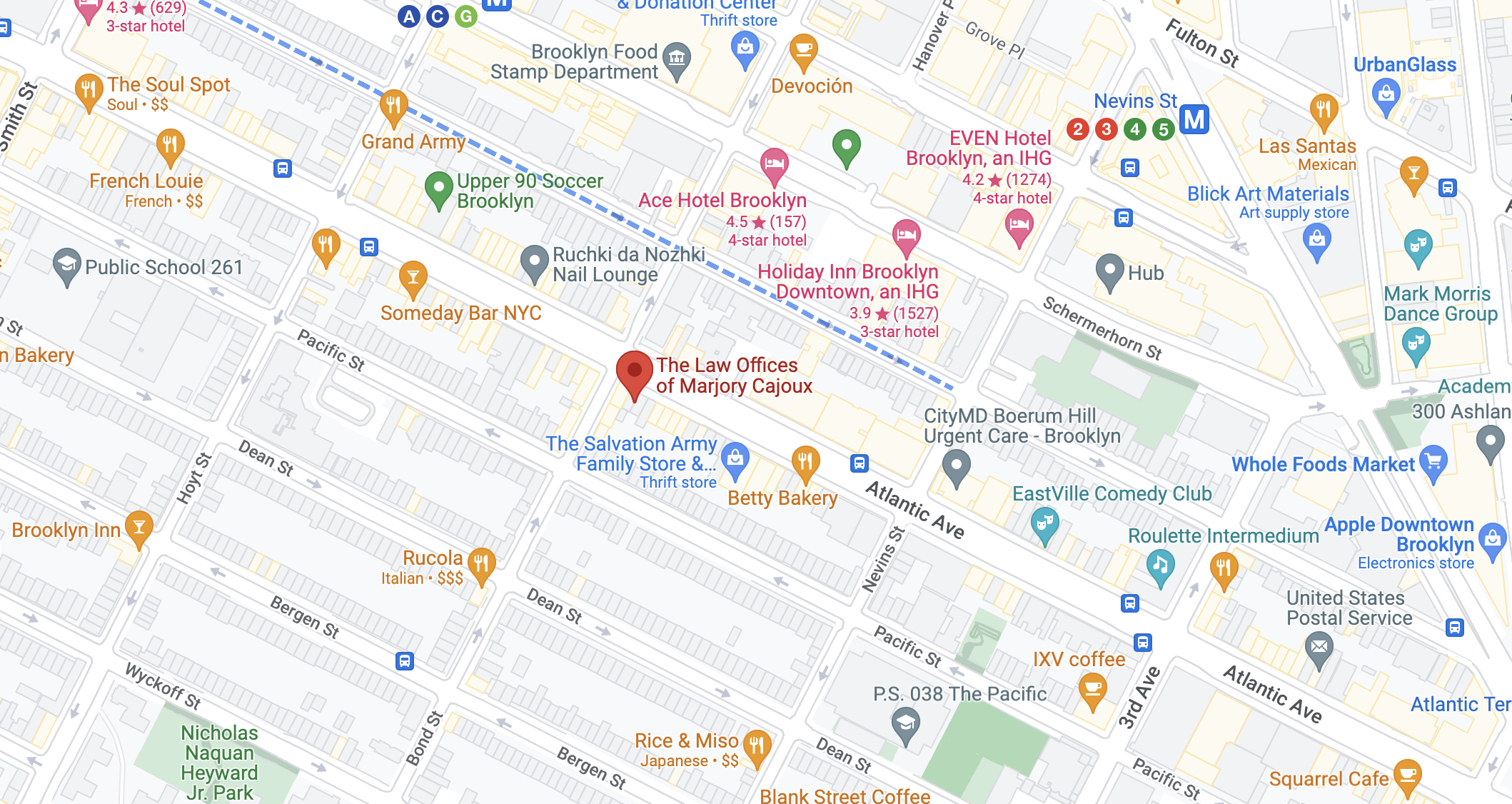Today, pets are just like family. They are there through good times and bad.
Imagining leaving your pets behind if you pass away may be upsetting, but it’s something that you should consider if you’re putting together your estate plan. In your estate plan, you can set up a pet trust to specify how you want your pets taken care of if you pass away or can’t take care of them any longer due to a disability or illness.
Estate planning is a good way to manage your pets’ assets and any inheritance you may leave behind to the pets or those who care for them. With a pet trust, you can include your pets’ assets, like bedding or clothing, as well as financial support to care for them.
How can a pet trust help protect your pet?
A pet trust can protect your pet by guarding any financial support you leave for them. You can also leave behind information about how you’d like your pet to be cared for.
Here’s an example. If you have two show dogs, you may explain that you’re leaving behind their trophies and awards in the trust. You may also leave behind furniture or assets that your pets use in the trust.
On top of that, you may state that the guardian you’ve assigned will receive a specific benefit each month for providing for those pets. For example, they may get a $500 payment for taking care of the pets each month but will get a $5,000 benefit after each veterinary visit annually. Having this kind of setup protects that money while also helping guarantee that your pets are cared for in the way that you want.
Not everyone sets up a pet trust, but if you have dogs or other pets that you want to have taken care of, then having one can be beneficial. This trust helps to guarantee that they have the financial support needed to get veterinary care, routine checkups, grooming, and more. This is a trust worth looking into since your pet is part of the family.






